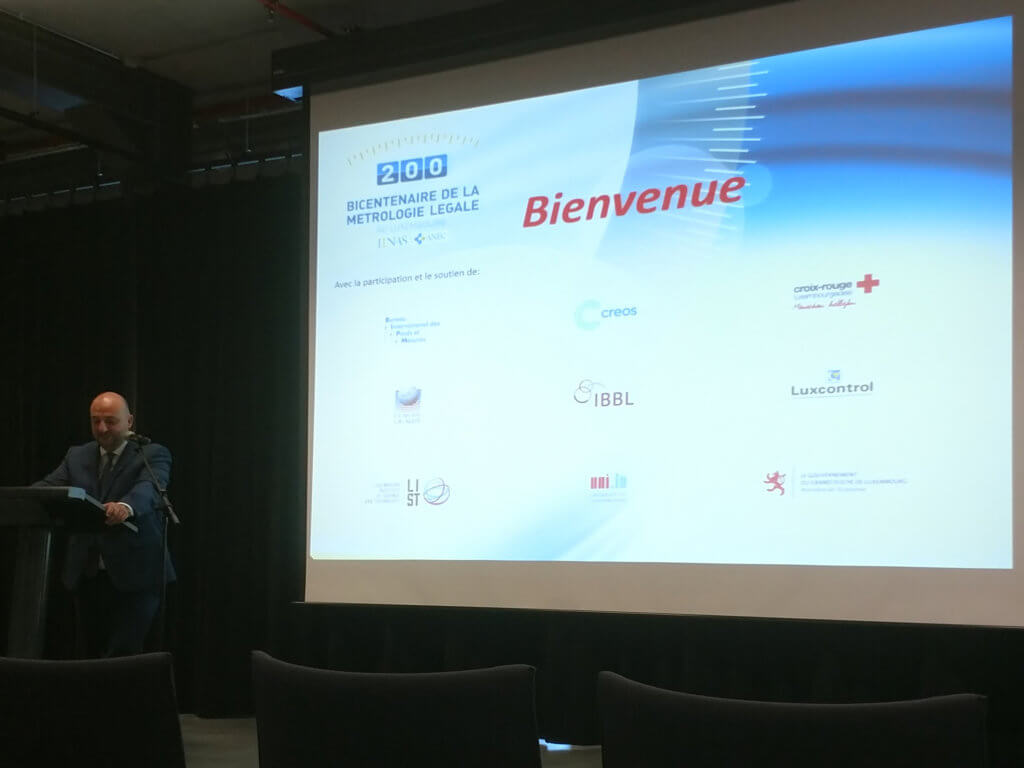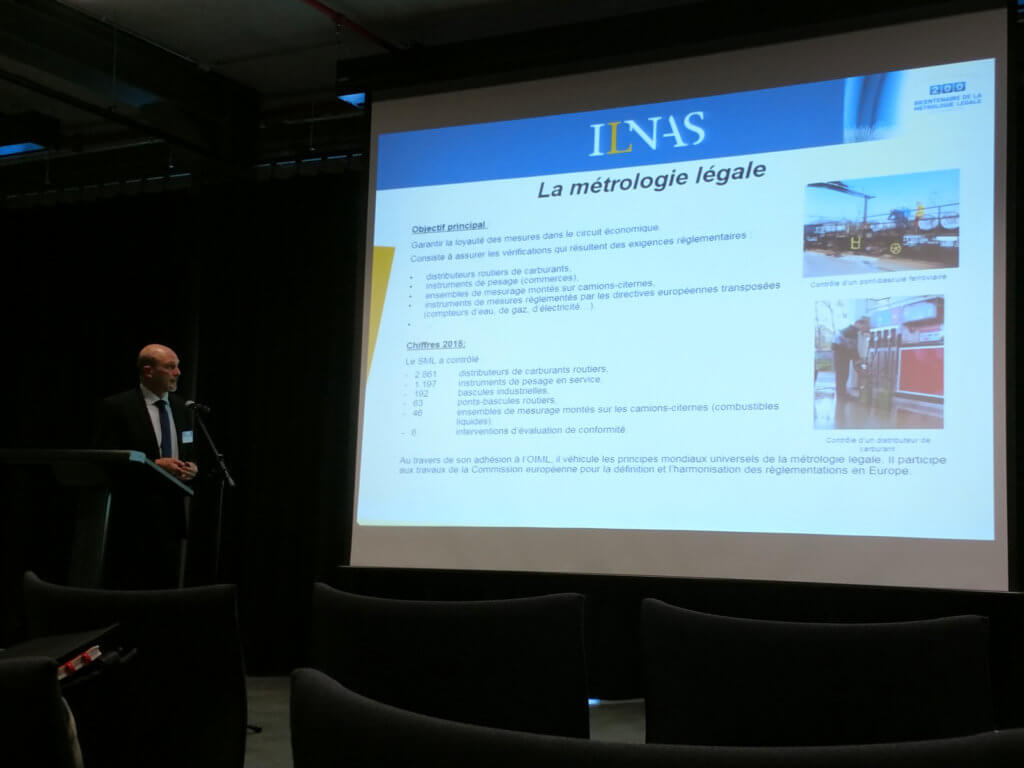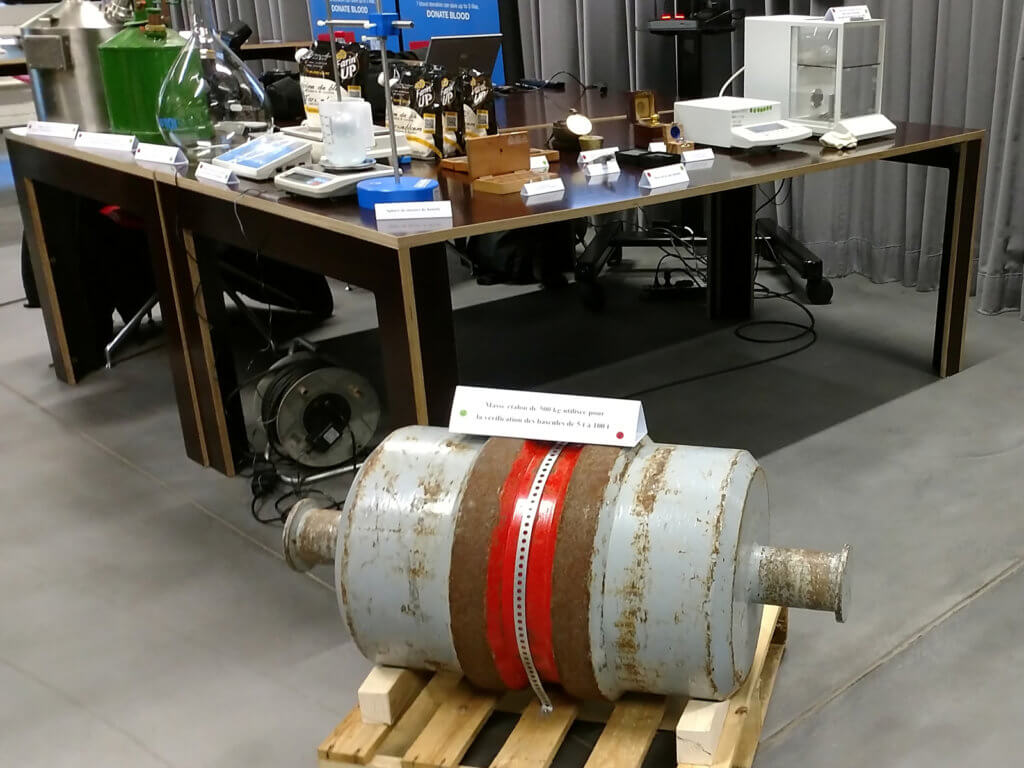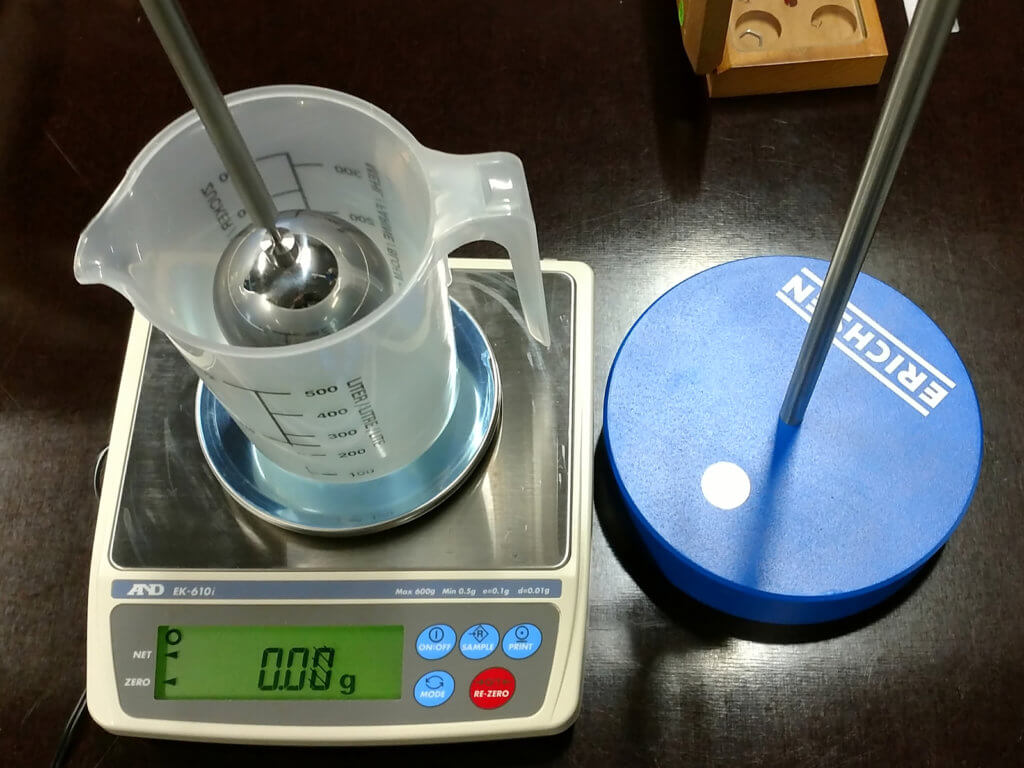Ohaus Navigator (NV), Navigator XL (NVL) and Navigator XT (NVT) scales – what’s the difference?
Physical dimensions
While all scales in the Ohaus Navigator product range are fairly compact, their dimensions vary according to the series to which they belong. In our photo, you’ll see the Navigator XT (NVT) on the left, the narrow and lengthy Navigator XL (NVL) in the middle and the smaller Navigator (NV) on the right:
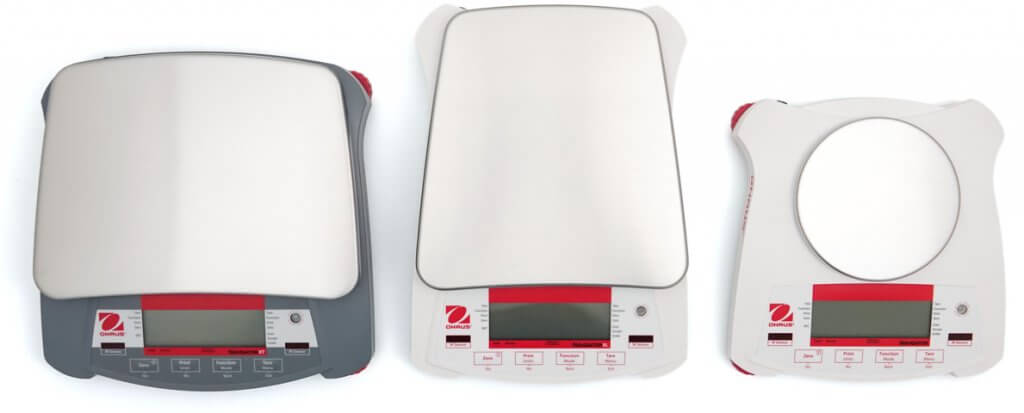
The Navigator (NV) is the only one with different platform shapes within the series: The NV212 – the only scale with 0,01g readability in the entire range – has a round platform as shown in the picture while higher capacity scales have a platform which is similar to the other series.
Dimensions (width x length x height in mm)
Navigator XT (NVT): 240 x 249.5 x 69.8
Navigator XL (NVL): 204 x 282 x 74
Navigator (NV): 204 x 212 x 58
Options
All scales can use the same interface options (RS-232, USB or Ethernet) as they have the same option slot on the bottom. The photo provided by Ohaus shows the Navigator XL (NVL) with installed USB interface:

However, only the Navigator XL (NVL) and XT (NVT) series have room for an optional rechargeable battery:

The scales can also be used with non-rechargeable batteries (4 size AA batteries for the NV and 4 sice C batteries for the NVL and NVT).
Performance
All scales stabilize quickly (within one second according to Ohaus) and perform similarly:
| Model | Repeatability | Linearity | OCL |
| NV212 | 2 d | ± 2 d | ± 3 d |
| NV511 | 2 d | ± 2 d | ± 3 d |
| NV1101 | 2 d | ± 2 d | ± 3 d |
| NV2101 | 2 d | ± 2 d | ± 3 d |
| NV4101 | 2 d | ± 2 d | ± 3 d |
| NV5101 | 2 d | ± 2 d | ± 3 d |
| NVL511 | 2 d | ± 2 d | ± 3 d |
| NVL1101 | 2 d | ± 2 d | ± 3 d |
| NVL2101 | 2 d | ± 2 d | ± 3 d |
| NVL5101 | 2 d | ± 2 d | ± 3 d |
| NVL10000 | 2 d | ± 2 d | ± 3 d |
| NVL20000 | 2 d | ± 2 d | ± 3 d |
| NVT1601 | 2 d | ± 2 d | ± 3 d |
| NVT3201 | 2 d | ± 2 d | ± 3 d |
| NVT6401 | 2 d | ± 2 d | ± 3 d |
| NVT10001 | 2 d | ± 2 d | ± 3 d |
| NVT16000 | 2 d | ± 2 d | ± 3 d |
The values are expressed in scale intervals (d, difference between two successive indications, often also referred to as “(display) division” or “readability”). OCL stands for off center load. To minimize the OCL error, place the weight in the center of the platform. Approved models are not included in the table as their availability varies by region.

